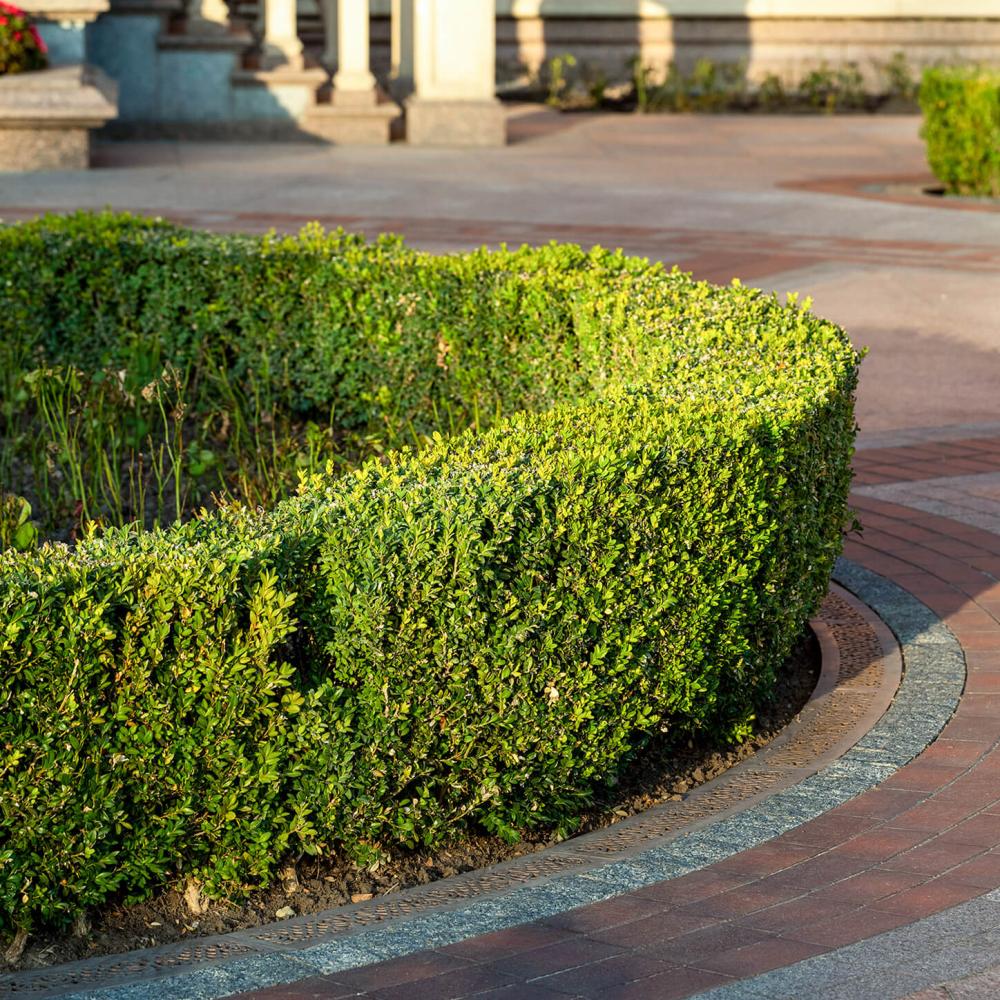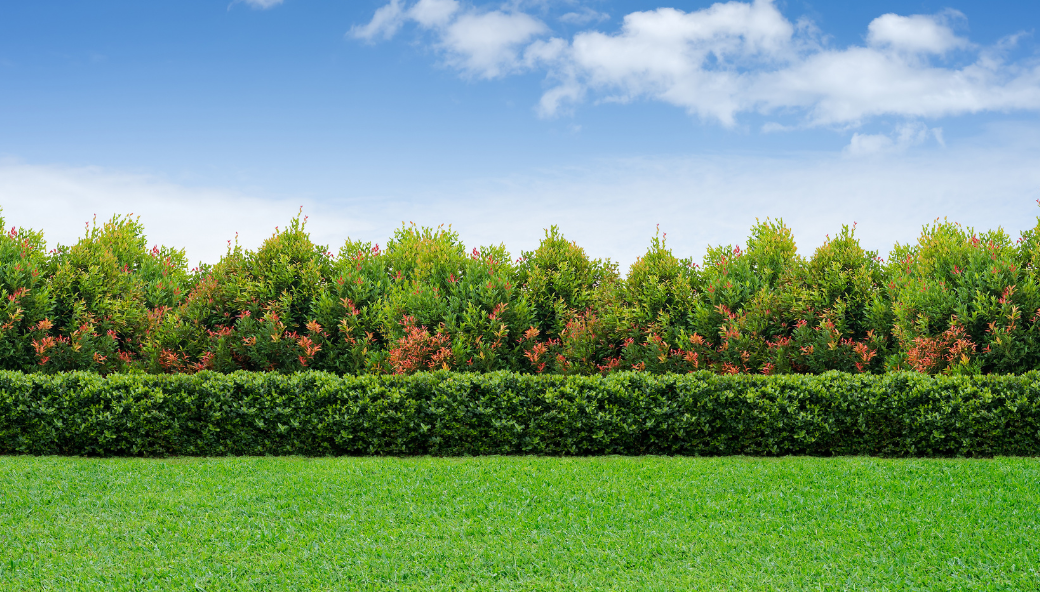Need to knows:
- Choose whips that are at least 60cm tall
- Plant 3 whips per metre to achieve a thick hedge quickly
- You can grow a hedge up to 2m high without permission
- Trim the tops and sides a few times a year
- Native hedging helps to attract wildlife
- Plant evergreens and semi-evergreens from September to mid-October
- Plant deciduous hedging plants from late October to early March
- Water new hedges well for the first two years
- Do not plant hedges while soil is frozen or waterlogged
How do I choose my hedging plants?
There’s a surprisingly wide range of options when it comes to hedging plants, because most trees and shrubs can be planted and pruned to create a hedge. It all depends on the type of hedge you want, when you’re hoping to plant, and how much maintenance you are able to do. Your budget and timescale will also inform your decision.
Hedges are grown for a variety of reasons, but usually they mark off boundaries. If you have a smaller outdoor space, or want a border boundary, you may need a low-growing variety, whereas if privacy or weather protection is the priority, a dense, tall hedge is called for.
You’ll also need to consider the style of your outdoor space. If you’re cultivating a cottage garden effect, informal or flowering hedging might be the best options. On the other hand, if you’re going for a stylish urban garden with hardscaped areas enhanced with ornamentals, a more formal hedge – perhaps with the option of topiary – may be in order.
Think carefully about your requirements for your hedge – and the conditions you will be planting into. You need plants that can tolerate your soil, levels of shelter, sun and shade. Look into the growth rates and pruning needs of the plants you choose so that you are sure it will create the effect you desire – and that you will be able to manage it.
Which hedging plants should I choose?
Hedging plants can be categorised in many ways. One of the key differentials is whether they are evergreen or deciduous. Evergreen hedges will provide shelter all year round, but the swing side of that is additional maintenance.
Deciduous hedges will either lose their leaves over winter, or display crispy, brown leaves (in the case of beech, this creates a very pretty effect). They are more forgiving if you lapse on the pruning – and are more easily restored. Although there is less privacy in the winter months, deciduous hedges help to filter strong seasonal winds. Turbulence can be created when a dense evergreen hedge meets mighty winter gusts!


If you are looking for a formal hedge, Buxus Sempervirens (box) and Fagus Sylvatica (beech) are popular choices. Conifers like yew (Taxus Baccata) and Leylandii also work well, but often grow quickly and require more maintenance.
Viburnum is a good option for informal hedging due to its colourful foliage, while Griselinia littoralis is a low-maintenance, flexible hedging plant that copes well with most weather conditions and can be utilised in either a formal or informal capacity. Griselinia is a popular choice for coastal gardens – another option for seaside gardens is Rosa rugosa.





